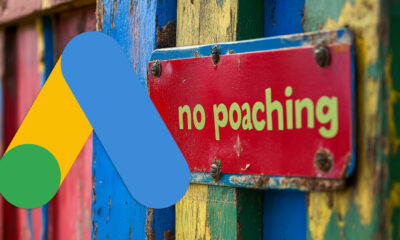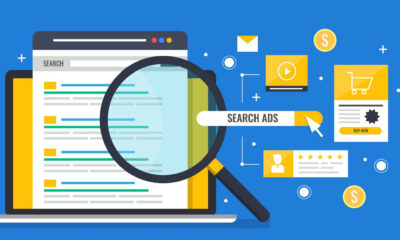MARKETING
How Facebook Ads Are Changing In 2022

Facebook ads are changing. Realistically, who’s surprised?
Facebook ads and change are synonymous. It would take at least 3-digits to count all the updates Facebook has made to its advertising platform since its launch in 2007. As marketers, we’re just riding the wave (including the biggest wave of their recent parent name change to Meta).
With each advertising change, it’s not our job to dramatically ask, “WHY?!”. Instead, we have to ask, “How?”.
- How are ads changing?
- How does this impact my business specifically (based on products and niche)?
- How will I adapt?
Here’s what you need to know about the latest changes launching on January 19th, 2022.
*Some* Detailed Targeting Options Will be Removed
For those relying heavily on Facebook advertising for profits, take note that Facebook said *some*—not all.
This isn’t necessarily Facebook’s opinion on how to make advertising better. The social media platform confidently says, “We strongly believe that the best advertising experiences are personalized.” But, their consultants in the civil rights and policy sectors (and their stakeholders) are requesting the update.
Facebook is agreeing to make some parts of their advertising platform less personalized to “better match people’s evolving expectations of how advertisers may reach them on our platform…”.
The detailed targeting options that will be removed involve topics that Facebook has categorized as sensitive like:
- Health
- Race
- Ethnicity
- Sexual orientation
- Religion
- Political beliefs
As of January 19th, 2022, advertisers will no longer be able to target users based interests like:
- Lung cancer awareness
- LGBT culture
- Jewish holidays
- Social issues
And as usual, Facebook will also use this update to remove targeting options on interests advertisers haven’t been opting for.
Here’s a rundown from the Meta for Business blog on how advertisers can adapt to these new changes.
What Does This Mean for the Marketing API?
The Marketing API will change on January 19th, 2022, but most campaigns can continue targeting the above options until March 17th, 2022.
That doesn’t mean you should wait until March to make changes, though. Facebook’s recommendation is to “the list of ad set IDs targeted at affected objects via the Deprecated targeting terms API. Thereafter, partners can evaluate the ad sets’ targeting specifications against Targeting Status API to identify the object IDs that may cause a pause in delivery.”
Before March 17th, you can make edits at the campaign level but Facebook warns some edits at the ad set level, like changes to placements and targeting options) could update your target audience. They’re advising you to avoid editing your campaigns or ad sets if possible, after January 19th.
How to Know If You Chose a Removed Targeting Option
After March 17th, 2022, advertisers choosing a remove targeting option will see this message from Facebook:
“Error code 100, sub code 18157520: Cannot Use Invalid Detailed Targeting Options: Some of Your Detailed Targeting Options Have Been Removed: This ad set includes detailed targeting options that are either no longer available or unavailable when excluding people from an audience. You may need to remove items from your ad set or confirm the changes to turn it back on.”
If you see this message, you’ll need to update your targeting option outside of the mentioned interests above.
Facebook advertising is changing, but we’re not surprised. We’re here to ride Facebook’s wave—which looks like it’ll be taking us into the metaverse pretty soon. Using their suggestions to help reach these audiences, we can update our ad sets and campaigns to adapt.
Because as marketers, that’s really our main job.
Master the marketing fundamentals—and adapt to the latest and greatest platform available to reach our audience.
Source link














You must be logged in to post a comment Login